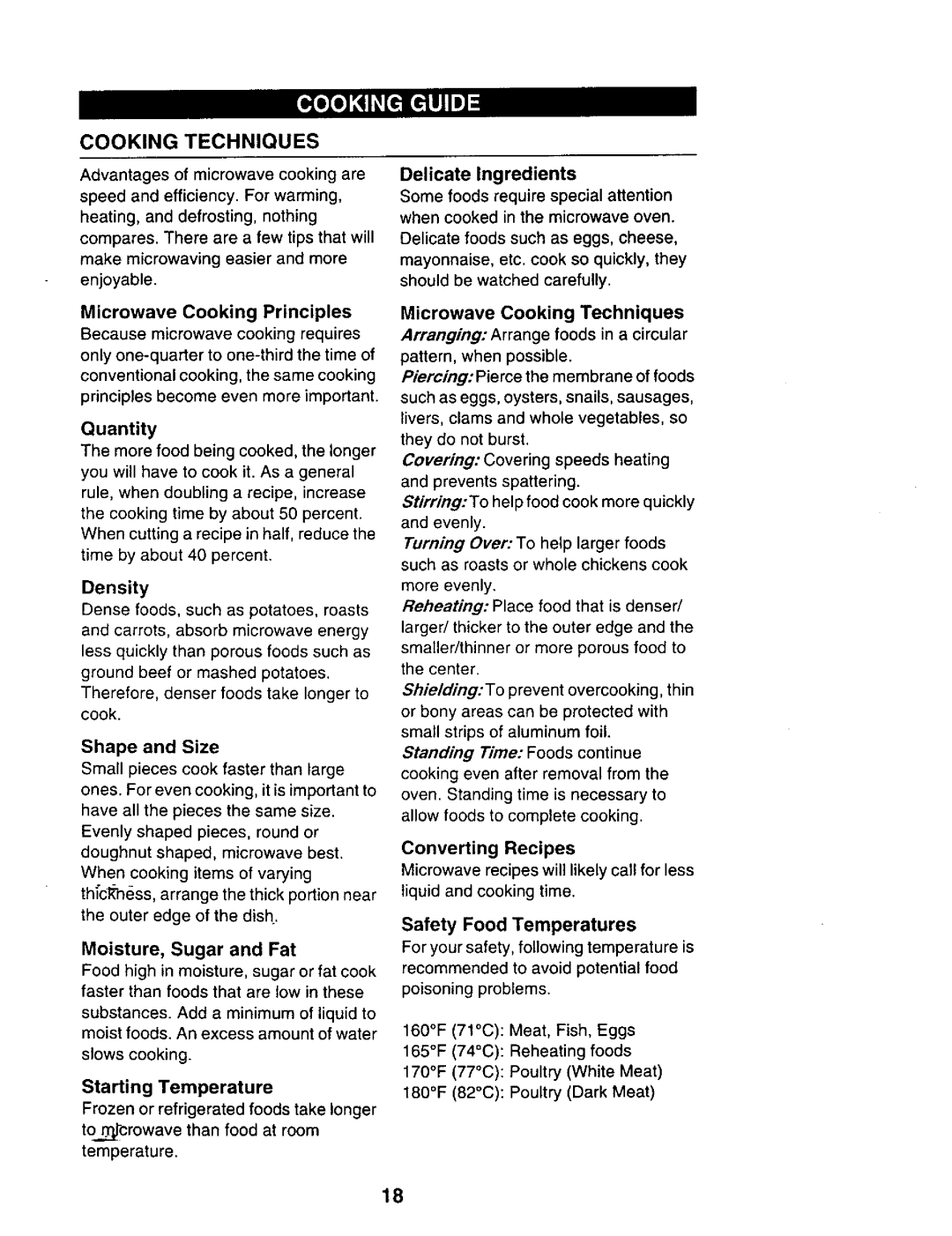565.69401, 565.694, 565.693, 565.69301 specifications
Sears 565.69301, 565.693, 565.694, and 565.69401 are part of a series of versatile and reliable home appliances that have gained popularity for their performance and user-friendly features. These models represent a commitment to quality craftsmanship and innovative technology, catering to a variety of household needs.One of the main features of these models is their powerful motor capabilities, which allow for efficient operation across multiple tasks. The motors are designed for durability and ease of maintenance, ensuring homeowners can count on consistent performance over time. The ergonomic design also makes these appliances easy to handle, enhancing user comfort during operation.
Sears 565 series models are particularly noted for their energy efficiency. Many of these appliances come equipped with advanced technologies that minimize energy consumption without sacrificing performance. This eco-friendly approach not only helps reduce electricity bills but also reflects a growing commitment to sustainable living.
Another standout characteristic is the sophisticated control systems these models utilize. Most of them feature intuitive interfaces that enable users to easily adjust settings to their preferences. Whether it's setting specific temperatures, timers, or modes, the user-friendly controls make operating the appliances straightforward.
Safety features are paramount in the design of the 565 series. These models often include automatic shut-off mechanisms and built-in safety sensors that prevent overheating and other potential hazards. This focus on safety ensures that consumers can operate their appliances with peace of mind, knowing that their well-being is prioritized.
In terms of versatility, the Sears 565 models are designed to perform a wide range of functions. Many of them can handle various cooking methods, from baking to steaming, which makes them adaptable to different culinary needs. Their multi-functionality allows homeowners to save space in the kitchen by utilizing one appliance for multiple tasks.
The aesthetic appeal of these Sears appliances is also worth mentioning. With sleek designs and modern finishes, they are not only functional but also serve as stylish additions to any kitchen or home environment. Consumers often appreciate the balance of practicality and contemporary design that these models offer.
Overall, Sears 565.69301, 565.693, 565.694, and 565.69401 are an excellent investment for homeowners looking for reliable, efficient, and safe appliances. With their powerful performance, energy-saving technologies, and versatile functionalities, they provide a comprehensive solution for everyday household tasks while maintaining a focus on user satisfaction and safety.

